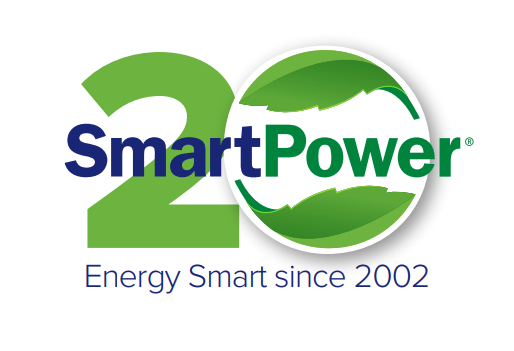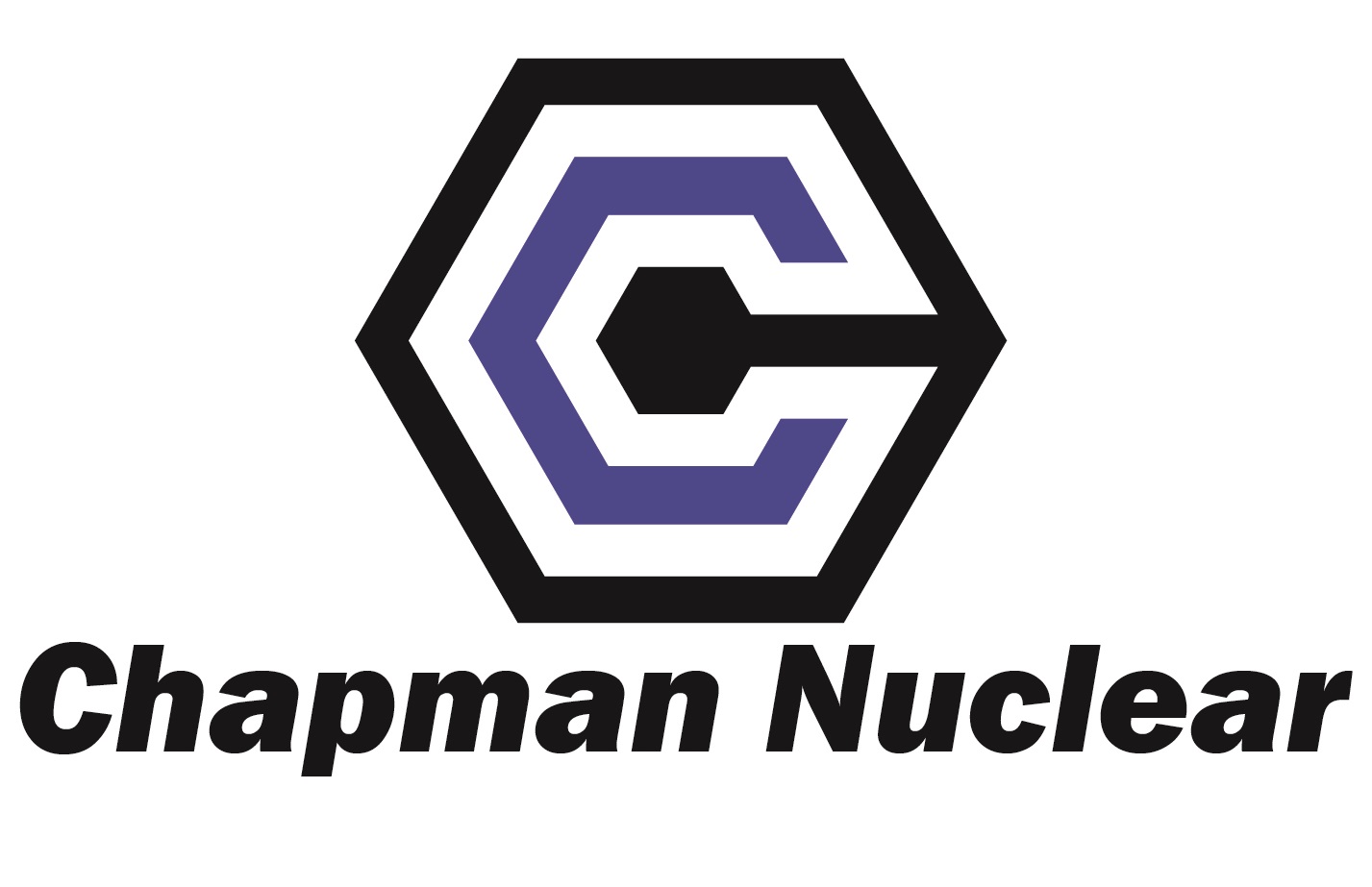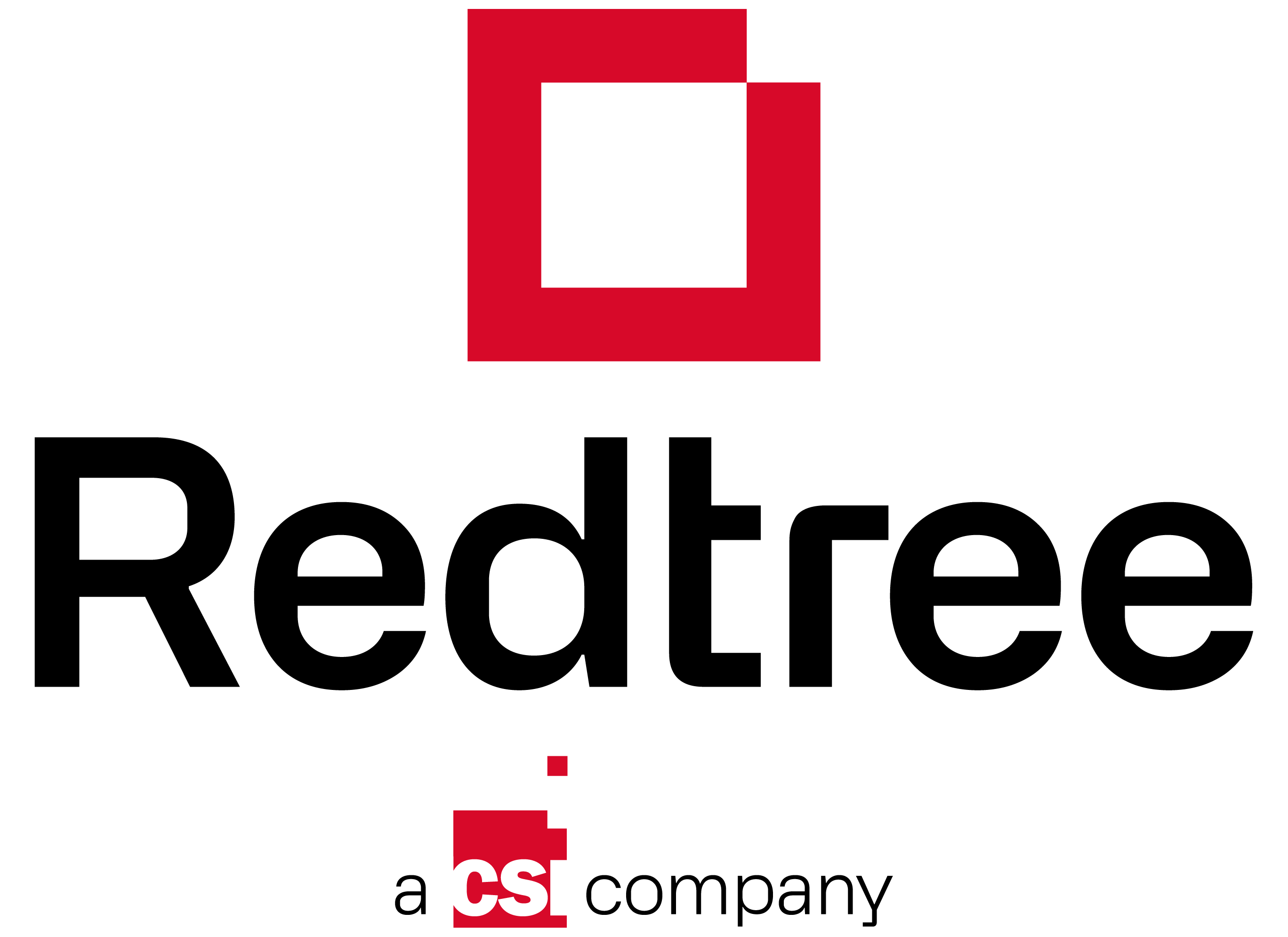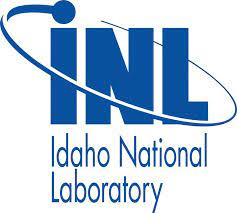Room 3 Track F – Thursday February 15, 2024
PV, Solar, PV, Battery, Hydrogen, Financing, Nuclear, Virtual Power Plant
This track provides presentations on renewable energy technologies and strategies, including, solar, PV, wind, nuclear, waste-to-energy, biogas, biomass, biodiesel, financing, and development case studies for peak shaving and FIT programs.
F1
EPA Grants | Financing | Investment
Feb 15 (7:30 – 9:30 am)


EPA’s Climate Pollution Reduction Grant Planning and Implementation Grant Program
EPA’s Climate Pollution Reduction Grant Planning and Implementation Grant Program
EPA’s Climate Pollution Reduction Grant Planning and Implementation Grant Program
Nick Steinke – Olsson
EPA’s Climate Pollution Reduction Grants (CPRG) program provides $5 billion in grants to states, local governments, tribes, and territories to develop and implement ambitious plans for reducing greenhouse gas emissions and other harmful air pollution. Authorized under Section 60114 of the Inflation Reduction Act, this two-phase program provides $250 million for noncompetitive planning grants, and approximately $4.6 billion for competitive implementation grants. This presentation will provide an overview of the CPRG program and discuss opportunities for implementation grant funding in the electric power sector. The presentation will also include lessons learned and observations from leading a regional planning organization through the CPRG planning process.


Financing Renewable Energy & Energy Storage Projects
Financing Renewable Energy & Energy Storage Projects
Craig OConnor – Export-Import Bank of the United States
Summary of Presentation
“The Export-Import Bank of the United States (“EXIM Bank”) has been at the forefront of financing the export of U.S.-made solar, wind, and energy storage technologies to emerging markets that create opportunities to grow the American renewable energy industry. EXIM Bank has created a special program for renewable energy projects that includes offering the maximum allowable OECD loan repayment terms of up to 18-22-years; financing of local costs of up to 50% of the U.S. export contract value; and capitalization of interest during construction.EXIM Bank can be the most cost-effective way for wind project developers to finance the purchase of U.S.-made goods and services. The presentation will highlight the resources of EXIM Bank, and explain how project developers, exporters, and foreign buyers can use these resources. Case examples of project financing, and project financing structures, in a number of international markets will be provided.EXIM Bank has had a long and successful history of financing U.S. exports of renewable energy and distributed energy technology and services. In April 2022, EXIM Bank’s Board approved the EXIM Bank’s Make More in America program to provide domestic financing with an export nexus.


Investment strategies for Env. mkts under current state of new regs
Investment strategies for Env. mkts under current state of new regs
Nedia Miller – Miller Nash LLP
This presentation begins the introduction of threefold legislation under current environment as two significant crises; climate and energy Crices;1. Inflation – Inflation reduction act2. Energ transition EPA regs3. New Technologies regs–There is a discussion about costs associated with the above legislation .There is also a discussion on the way to participate ranging from direct investment in green companies to the creation of green markets.Existing and newly developed investment tools ( ETFs, ETNs, carbon credits) and most recently ESG Index are analyzed as to their effectiveness, as are investing in carbon futures and derivatives.Varius green investing strategies that ca be used by potential meagers are examined, especially ;How can traditional investment model adapt and evolve to keep pace with the demand of capital with the new emergence of new technology and where alternatives might fit in.


Innovation Infrastructure- Biomimicry and Resilience in Innovation
F3.2 Innovation Infrastructure- Biomicry and Resilience in Innovation
Alison Wise – Wise Strategies
Synergy and biomimicry- IIoT and Mycelium models for clean economic growth
How public-private partnerships can accelerate IIoT and innovation infrastructure build-out, and cutting edge technology to achieve climate goals
Role of private sector in innovation infrastructure build-out; i.e. clean energy/distributed finance/rapid transportation retrofits
Best practice for identifying clean, profitable energy investments for mitigating cryptocurrency hashing power usage.


Making Dollars and Sense of the 2022 IRA Tax Credits for Clean Energy
Making Dollars and Sense of the 2022 IRA Tax Credits for Clean Energy”
Making Dollars and Sense of the 2022 IRA Tax Credits for Clean Energy
Brian Petermann – Power Engineers
The Inflation Reduction Act (August 2022) allows a broad range of tax credits for clean energy development. Highlights include hydrogen, renewable energy, carbon capture & sequestration, and clean fuels. The amount of money available is monumental and will broadly impact the entire energy industry in some manner. Though IRS guidelines are only beginning to be issued, a great deal can be learned about positive financial impacts on potential future clean energy project developments. This presentation is an introduction to the clean energy tax credits, differences between investment and production credits, controversies of the 45V hydrogen credits, and provides several examples of the possible application. The presentation starts with a quick Hydrogen 101 primer for orientation.
F2
Hydrogen | Nuclear | Virtual Power Plant |
Feb 15 ( 10 – 12 pm)


Techno-Economical Study on Replacing Conventional Power Plants with Hydrogen Energy Storage System
Techno-Economical Study on Replacing Conventional Power Plants with Hydrogen Energy Storage System
Joshua Partheepan – West Texas A&M University
In the 21st century, the thirst for alternative energy, has been fueled by global warming, government regulations, public perception and energy security. This has led to the development of renewable power generation and de-carbonizing existing power generation. According to data from the U.S. Energy Information Administration (EIA) since 2010, 14.3 GW of coal power plant boiler has been converted to burn natural gas and 49.2 GW retired, which is a good start in the right direction but it does not completely eliminate the greenhouse gas emissions, since about 20% of electricity generated in 2022 comes from coal power plant and 40% from gas turbine power plant. The proposed study conducts a comprehensive Techno-Economical analysis on various hydrogen technology that can retrofit or replace coal fired power plants and gas turbine power plants. Result shows that under certain circumstances it is both technically and economically possible to install such systems today in place of a coal plant, where as in the near future it is very much possible to deploy such systems in large scale in most operating scenarios.


Preparing for The Virtual Power Plant: Solarizing At Work
F3.5 Preparing for The Virtual Power Plant: Solarizing At Work
Brian F Keane – President – Smart Power
Across the country utility companies are already experimenting with Virtual Power Plants (VPP’s). From EverSource in Connecticut to Southern Cal Edison in Los Angeles, utility’s are engaging with their customers, experimenting with Solar+Battery and adding capacity to the grid.
The perfect VPP model is a long way from being created. But two things are for sure: VPP’s are coming. And Solar+Storage are critical pieces of the puzzle.
SmartPower, the nation’s leading non-profit focused on engaging residential consumers on rooftop solar has been working with utilities and major corporations on how to ensure rooftop solar+batter. SmartPower’s program in Connecticut is already focused on a VPP model. And its Solarize at Work program is engaging employees of major companies to buy solar at their “home offices” — helping companies with employee retention and company ESG. And all in a way to assist utilities with their VPP efforts.
Brian Keane and Heather Lamm will present an engaging, insightful presentation that will give a unique overview for this audience.


Economic Hurdles for Hybrid Nuclear Hydrogen Production
Economic Hurdles for Hybrid Nuclear Hydrogen Production
John Chapman – Chapman Nuclear
Nuclear energy stands out for its minimal greenhouse gas emissions during electricity generation, providing a solid foundation for a low-carbon energy mix. This study investigates the integration of nuclear power with natural gas technologies to create a hybrid facility that leverages the consistent baseload capacity of nuclear reactors and the efficiency of natural gas. The incorporation of advanced natural gas technologies ensures flexibility in energy production, contributing to a reliable and resilient power supply.The primary focus of this research is on the capacity of the hybrid facility to qualify as green energy. The exceptionally low emissions from nuclear power serve as a key driver, allowing the entire facility to meet stringent green energy criteria. By emphasizing the inherent sustainability of nuclear energy, the hybrid facility not only mitigates environmental concerns associated with conventional fossil fuel-based facilities but also aligns with global efforts to transition towards cleaner energy sources.In this study, we analyze recent advancements in nuclear and natural gas technologies, evaluating their synergistic potential for emissions reduction. The integration of these technologies is strategically optimized to capitalize on the green energy qualification criteria, emphasizing the holistic environmental benefits of the hybrid approach. We also address considerations related to grid stability, cost-effectiveness, and policy implications, providing a comprehensive overview of the proposed green energy synergy.

Regulations and Compliance
Regulations and Compliance
Ben Echeverria – Burns & McDonnell
As we move towards Renewable Energy Globally we have entered a new frontier. This new frontier has created new technologies, methods, and ideas at a blistering pace. The current pace of installations from large scale grid utility projects as well as growing residential adoption has created a disconnect between the governing codes and standards and these technologies. Essentially, the technology has outpaced our ability to govern how and where they are implemented. We all share in the responsibility of education and implementation of best practices in order to combat this disconnect.
F3
Solar PV | Siting | Regulations | Recycling
Feb 15 ( 1 pm – 3pm)


Solar Module Recycling at Utility Scale
Solar Module Recycling at Utility Scale
Dwight Clark – We Recycle Solar, Inc.
Summary of Presentation
The rapid growth of solar energy installations has resulted in an increased demand for efficient and sustainable solutions for solar module recycling. As the utility-scale solar industry expands, the need for a well-designed and effective recycling system becomes paramount to minimize environmental impact and maximize resource recovery. This presentation aims to provide an overview of a comprehensive solar module recycling system specifically tailored for utility-scale applications.The presentation will begin by highlighting the environmental challenges associated with the end-of-life management of solar modules, including the accumulation of electronic waste and the potential release of hazardous materials. It will emphasize the importance of implementing a circular economy approach to ensure the responsible and sustainable disposal of decommissioned solar modules.Next, the presentation will delve into the key components of an efficient utility-scale solar module recycling system. This will include discussions on collection and transportation logistics, sorting and dismantling processes, and the utilization of advanced technologies for material recovery. Furthermore, the presentation will explore strategies for handling and treating hazardous substances found in solar modules, such as lead and cadmium, in an environmentally friendly manner.Moreover, the economic aspects of solar module recycling at a utility scale will be addressed, highlighting the potential revenue streams and cost savings that can be derived from recycling valuable materials. The presentation will touch upon the importance of establishing partnerships and collaborations among stakeholders, including solar panel manufacturers, recycling companies, and policymakers, to create a robust and sustainable recycling infrastructure.Throughout the presentation, case studies and real-world examples will be provided to showcase successful utility-scale solar module recycling initiatives and the positive impact they have had on the environment and the renewable energy industry as a whole. The presentation will conclude by outlining the potential future developments and challenges in the field, encouraging ongoing research and innovation in solar module recycling technology.By attending this presentation, participants will gain a comprehensive understanding of the importance of solar module recycling in the context of utility-scale solar installations. They will be equipped with valuable insights into the design and implementation of an effective recycling system, as well as the economic and environmental benefits it can bring. This knowledge will enable participants to contribute to the sustainable growth of the solar industry while minimizing its ecological footprint.


Can solar thermal close the reliability gap?
Can Solar Thermal close the Reliability Gap?
Mark Hauenstein – UCWON
In 2022, solar and wind as renewable energy sources account for about 13.1% of total U.S. energy consumption, with 3% solar and 10% wind respectively. Despite these small percentages, all our hopes of creating a clean grid are centered on massive adoption of a defective solution. Solar and wind, for all its clean benefits, is not a consistent and reliable energy source. Utilities are constantly fighting the biggest flaw in renewable adoption, the reliability gap. Today, wherever solar is deployed, natural gas fired plants are built to be ready when solar or wind fail to perform.
Closing the reliability gap could be fairly uncomplicated, using a system that couples abundant solar resources with geothermal power production. Clean and reliable, geothermal has long been an underappreciated workhorse developing carbon free energy. This session will explore the question: can stored solar energy be part of the solution? Can RenewGeo closes the reliability gap.


Updates to Explosion Hazards for Large Scale Battery Storage Systems
F4.5 Updates to explosion hazards for large scale battery storage systems
This session will take you through the journey of lithium batteries starting with the McMicken explosion in Surprise AZ, on April 19, 2019. Lessons learned in the aftermath and the regulations that evolved from the incident. Will examine the safety equipment that has reduced recent incidents to successful failures. Discussion on the challenges by the ESS industry to educate the AHJ’s, fire departments, and community.


Air Regulatory Considerations for Retrofitting Combustion Turbines for Hydrogen Co-firing
Air Regulatory Considerations for Retrofitting Combustion Turbines for Hydrogen Co-firing
Jared Strauss – TRINITY CONSULTANTS
With recent industry and regulatory developments involving the implementation of hydrogen as a potential fuel source, hydrogen fuel is becoming a primary component for reducing GHG emissions in the electricity generation sector. Potential regulatory requirements from the proposed ACE Rule Replacement could affect facilities with existing combustion turbines, but this may also present potential opportunities in the areas of ESG and energy diversity. For existing combustion turbines, retrofitting a turbine to utilize hydrogen as a fuel gas faces project design and execution challenges to demonstrate technological and economic feasibility. From a regulatory standpoint, federal and state regulations have not previously considered hydrogen fuel, which contributes to increased ambiguity in defining hydrogen fuel and fuel blends of hydrogen and natural gas. Further complications arise in evaluating the applicable emission standards and potential emissions for authorizing hydrogen co-firing. A hydrogen fuel retrofit project must also examine the potential compliance requirements including emissions monitoring adjustments and control technology updates. Additionally, considerations for the methodology of hydrogen generation and storage could consequently result in further regulatory requirements (i.e., Risk Management Plan) and potential infrastructure changes to accommodate hydrogen fuel. This presentation will address air regulatory considerations for a hydrogen fuel retrofit project and identify the areas of focus for permitting and compliance requirements. The presentation will also discuss the questions facilities should be reviewing when evaluating a retrofit project to use hydrogen as fuel gas.
F4
Scaling | PV | Waste Management | H2
Feb 15 (3:30 – 5 pm)


How to effectively scale-up first of a kind technology
How to effectively scale-up first of a kind technology
Jacinto D. Duran Sanchez – CSI USA GROUP
Managing pioneering engineering projects comes with complex challenges. This discussion explores how to effectively handle change, cost, and schedule in these innovative endeavors. A key aspect of successful project management is aligning stakeholder expectations and requirements. Participants will learn how to set clear project objectives and performance indicators, promoting transparency and trust among stakeholders.Implementing a strong change control protocol is crucial for achieving engineering project success. A structured approach with engineering freezes at key points ensures project integrity and minimizes risks. By sharing our methodologies and knowledge, we aim to deepen understanding of the intricacies involved in successful technological project implementation.


Floating PV in U.S. Reservoirs: Regulatory, Environmental, & Economic Potential
Floating PV in U.S. Reservoirs: Analysis of resource, regulatory, environmental, and techno-economic potential
Mucun Sun – Idaho National Laboratory
Summary of Presentation
Floating solar photovoltaic (FPV) systems are an emerging technology where solar PV panels are placed on floating objects on top of a body of water as opposed to conventional land-based structures. The global FPV market size is expected to grow from $2.55 billion in 2021 to $10.09 billion in 2030. Unlike conventional land-based PV infrastructure, FPV present policymakers, developers, utilities, and financial firms with new opportunities and challenges. Because the FPV technology is not as mature as land-based PV, tools are not yet widely available to provide the foundational data and analysis necessary for wide scale adoption of FPV. Idaho National Laboratory and the National Renewable Energy, with funding support from the U.S. Department of Energy, are currently finalizes a suite of analysis reports and tools to provide decision makers with a better understanding the U.S. FPV resource potential, costs, environmental impacts, and regulatory pathways. This presentation will summarize the “AquaPV” Tool and associated reports covering the results of:•A geospatial resource assessment of FPV potential at federally managed United States Reservoirs and Federal Energy Regulatory Commission Licensed hydropower facilities.•An environmental and regulatory pathway analysis•The techno-economic analysis of an FPV system co-located with an existing hydropower plant •The environmental modeling, along with the potential environmental implications of covering sections of a reservoir on water quality and ecology.


Circular Economy and Waste Management: Sustainable Resource Utilization
Circular Economy and Waste Management: Paving the Path to Sustainable Resource Utilization
Dr. Moinuddin-Sarker, PhD, MRSC. – Waste Technologies LLC
Summary of Presentation
Abstract: In recent years, the pressing need to address the challenges posed by escalating waste generation and resource depletion has propelled the concept of a circular economy into the spotlight. The circular economy paradigm strives to create a regenerative and sustainable system by minimizing waste generation, maximizing resource efficiency, and promoting closed-loop material flows. As a crucial component of the circular economy, waste management is vital in transforming our linear “take-make-dispose” model into a more sustainable and resilient framework.The circular economy framework encourages a shift from the traditional “take-make-dispose” model towards a regenerative system, where resources are kept in use for as long as possible through recycling, reusing, and remanufacturing strategies. By minimizing waste generation, extending product lifecycles, and optimizing resource efficiency, circular economy practices offer immense economic growth, job creation, and environmental conservation opportunities.However, successfully implementing a circular economy necessitates robust waste management systems encompassing the entire lifecycle of products and materials. Effective waste management strategies, including waste prevention, segregation, collection, treatment, and disposal, are crucial in closing the loop and maximizing resource recovery. Furthermore, integrating innovative technologies, such as advanced recycling methods and waste-to-energy systems, can enhance waste management processes’ overall efficiency and sustainability.We need a comprehensive, integrated approach that synergizes circular economy principles with efficient waste management strategies. We must also explore critical challenges and potential solutions to transitioning towards a circular economy, such as policy reforms, stakeholder collaboration, and public awareness. Furthermore, we must highlight the numerous social, economic, and environmental benefits of adopting a circular economy mindset combined with effective waste management practices.Ultimately, integrating circular economy principles with efficient waste management strategies promises to create a sustainable future where resources are utilized more responsibly and efficiently, waste generation is minimized, and environmental impacts are reduced. Therefore we need further research, collaboration, and knowledge exchange to unlock the full potential of circular economy and waste management as transformative tools for a more sustainable and resilient society.

Hydrogen Fuel: Opportunities and Challenges
Hydrogen fuel: Opportunities and challenges
Jaisen Mody – JSJS Consulting
Summary of Presentation
Driven by decarbonization goals, hydrogen fuel is gaining momentum around the world. As powerproducers deploy the use of curtailed power and demand grows for savings reductions in generatinghydrogen, electrolytic green hydrogen production is significantly increasing.Subsequently, hydrogen can be stored, transported, and used for an extensive range of purposes. As thismarket grows, we envision a wholesale trading market for hydrogen that will strongly benefit power aswell as industrial and transportation sectors.This presentation will include:• Opportunities with decarbonizing power as well as in other hard to decarbonize industries.• Challenges introducing hydrogen in gas turbines• Challenges introducing hydrogen in boilers• Transportation and benefits of using hydrogen for trucking and automobile industries• Using hydrogen for ammonia production and benefits to the agricultural industry• Challenges storing hydrogen for dispensing at stations• Benefits of using hydrogen for seasonal storage along with comparisons with battery storage• Challenges with new pipe construction along with the process of blending hydrogen in existingpipelines• A discussion of how to address issues of hydrogen embrittlement

